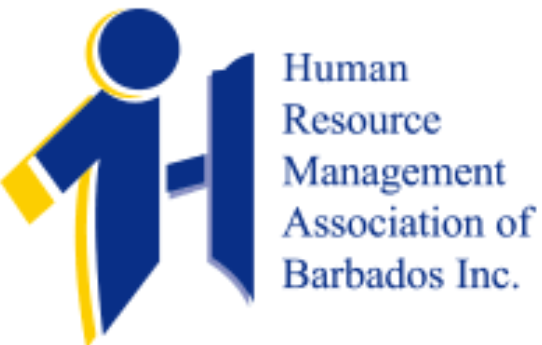Households and small businesses are being forced to shoulder nearly a million dollars a year in security costs as violent crime continues to rise, a new national survey has revealed, exposing deep inequalities in the ability to afford protection.
The survey, conducted in May and June this year by Professor of Management and Organisational Behaviour at the University of the West Indies, Cave Hill Campus, Dwayne Devonish, found that many Barbadians may have to remain exposed to surging violent criminal activity because they cannot afford the high cost of protection.
In The Costs of Crime for Householders and Businesses in Barbados: A 2025 National Survey, Professor Devonish found that “the price of protection is not just high – it is unevenly borne. And for many, the cost of feeling safe may simply be out of reach.”
The study, which was shared with Barbados TODAY on Friday, offers a sobering glimpse into the real costs of crime, not just in losses from criminal activity, but also in the hefty price Barbadians pay to feel safe in their own homes and businesses.
The survey addressed crime victimisation, which was found to be still “worryingly high”.
The study, which gathered responses from 500 individuals across the island – 400 residential householders and 100 business owners – revealed that 15 per cent had been victims of crime in the last 12 to 18 months.
That rate marks an increase from the 10 per cent reported in the 2022 Rule of Law in Barbados Survey. Crimes reported included burglary, assault, theft, vandalism, and fraud.
“For those affected, the financial aftermath was steep. Most incurred costs from property damage or theft (87 per cent), followed by expenses for preventive measures (43 per cent) and lost income or business disruption (36 per cent),” the document stated.
Professor Devonish also examined the price tag of crime, explaining that the averages masked the real story.
“For victims, the average financial loss came in at a troubling $8 861, but this figure was significantly skewed by a few extremely high-cost incidents. A more telling figure – the median loss – was $3 000, meaning half of all victims experienced losses below this threshold,” according to the research.
Notably, he pointed out, 31 per cent of respondents fell within the $1 000–$4 999 loss bracket, while over one in five reported staggering losses exceeding $20 000.
Professor Devonish discovered that Barbadians are spending heavily to stay safe, but most cannot afford to.
“When it comes to crime prevention and protection, Barbadians are digging into their pockets, but some far more than others. The total annual spend among respondents amounted to $972 250, with the average individual spending about $2 000 per year.”
“However,” the expert in management and organisational behaviour said, “this average is again inflated by a small group – just 4.5 per cent of respondents – who reported spending over $20 000 annually, together accounting for $550 000 of the total protective spend.”
In contrast, the median annual spend was found to be “a modest” $250, suggesting that most Barbadians rely on basic safety measures such as locks, lighting, and perhaps a dog or fence.
More than two-thirds (67.5 per cent) spent under $500, and over 82 per cent spent less than $1 000 per year, the survey said.
Professor Devonish explained that this “stark gap” between mean and median reveals a troubling disparity: while most Barbadians struggle to afford even basic protection, a minority are investing heavily in high-end security solutions, likely due to greater financial capacity or heightened vulnerability.
“These findings,” he contended, “underscore a growing inequality in how Barbadians experience and respond to crime. The numbers show that most citizens are absorbing the cost of crime personally – and quietly.”
The researcher added: “But they also highlight a worrisome divide: some can afford high-cost protections, while others are left exposed with limited options.”
The Muslim community this week urged vigilance as the violent crime wave hits businesses. President of the Barbados Muslim Association (BMA), Anwar Nana, told Barbados TODAY that Muslims were not taking anything for granted in their homes and businesses.
emmanueljoseph@barbadostoday.bb
2025 national crime cost survey at-a-glance
Rising victimisation
• 15 per cent of respondents reported being victims of crime in the past 12 to 18 months, up from 10 per cent in 2022.
Types of crime
• Most common offences included burglary, assault, theft, vandalism, and fraud.
Financial losses
• Average loss per victim: $8 861
• Median loss per victim: $3 000
• 31 per cent lost between $1 000 and $4 999
• Over 20 per cent suffered losses exceeding $20 000
Cost of protection
• Total annual spend by respondents: $972 250
• Average annual spend per person: $2 000
• Median annual spend: $250
Spending gap
• 4.5 per cent spent over $20 000 per year on security, accounting for $550 000 of the total
• 67.5 per cent spent under $500 per year
• 82 per cent spent less than $1 000 per year
Inequality highlighted
• The study underscores a growing gap between those able to afford robust security measures and those left vulnerable due to limited financial means.
The post Study finds costs to protect homes, businesses near $1 million as crime surges appeared first on Barbados Today.


